Since its creation in the eighteenth century, Champagne has been considered the most luxurious and prestigious sparkling wine that is made in the world. Champagne was considered a drink created for royalty and other well-to-do individuals and there was a certain level of Bourgeoisie elegance associated with those who consumed it. On 25 May 1728, King Louis XV issued a decree authorizing the bottling of Champagne before it was transported. During this period in history, all other wines were kept in barrels during transport. This was an important decision, as the second fermentation which creates the carbon dioxide bubbles in the wine can only take place once the wine has been bottled. Many famous writers including Voltaire wrote about the marvels of Champagne. Napoleon Bonaparte had a long love affair with Champagne and he was close friends with the owner of one of the famous Champagne houses. His army always carried a supply of Champagne on his conquests across Europe. He is famously known for saying “Champagne! In victory one deserves it, in defeat one needs it!”
It may be the history, as well as its exclusivity, that gives Champagne its notoriety. It may also be the select and distinctive terroir where this superior wine is made. Only grapes grown in the delimited wine region of Champagne France can be used to create the ultimate bubbly. It obtains its characteristic fizz after a second natural yeast fermentation occurs in the bottle.
The borders of the vineyards are strictly monitored, along with a long list of regulatory rules that all Champagne makers must adhere to from the work in the vineyards to the final release of the wine. There is a long list of rules on permitted grape varietals, vine maintenance, yield levels and juice extraction, alcohol content, method of vinification, and length of time that the wine must stay in the bottle before it is released as well as the appearance of the actual Champagne bottle. These rules include:
- Only Chardonnay, Pinot Noir, Pinot Meunier, Arbane, Petit Meslier, Pinot Blanc, and Pinot Gris may be part of the Champagne Blend.
- Chablis, Cordon de Royat, and Guyot methods must be used for short pruning and must meet the exact height and length requirements as laid out by the Comité de Champagne. Limited grape yield per hectare
- Limited grape extraction of 102 liters (grape juice) per 160 kilos of grape
- Minimum alcohol levels by volume per annum
- Dedicated vinification and storage areas for Champagne
- The sole use of the natural winemaking process Méthode Champenoise
- Minimum 15 months in the bottle before the wine is released for sale.
The long-celebrated history of Champagne has meant the creation of close to four hundred different Champagne houses. One estate has risen to international prominence by paying homage to the noble Pinot Noir grape varietal. The use of organic winemaking processes and focusing on the expression of the fruit are essential in creating a range of premium sparkling wines.
The House of Drappier
Founded in 1808 in the village of Urville in the southern part of the Champagne region, the vineyards of Champagne Drappier were planted around the boundaries of the pristine walls of the Clairvaux Abbey which was constructed in 1152. André Drappier, the current patriarch, and his wife Micheline created Champagne Carte d’Or Brut in 1952. The ‘carbon neutral’ estate spans over a hundred hectares of vineyards. Over fifty percent of the vineyards are certified organic and the majority of the vines are planted in noble Pinot Noir.
Pinot Noir is the primary grape varietal in Maison Drappier’s Champagne. The character of the fruit is presented front and center, and the flavor is as natural and authentic as possible, which can be attributed to the minimal addition of sulfites and sugars that are part of the natural winemaking process.
Today, André’s son Michel and daughter-in-law Sylvie have taken over the reins of the family-owned winery. The patriarch’s grandchildren Charline, Hugo, and Antoine work alongside their parents and are responsible for running different parts of the business such as marketing, viniculture, and oenology. Together, the family continues to innovate and strive to perfect their wines — never losing sight of the Champagne legacy, the heritage of Maison Drappier, and its vision of creating award-winning, reasonably priced, high-quality wines.
Drappier wines are bone-dry and savory, the flavors built around the true expression of the fruit. The minimal sugars and sulfites also mean there is little to distract from the expression not only of the fruit but the pressing and winemaking as well. Across the range of wines is a characteristic minerality that complements the intrinsic softness and roundness of each layered sparkling wine.
Maison Drappier has produced many amazing wines through the years. To best understand the tribute to the authenticity of the estate, here are some offerings iconic of the Drappier style:
Carte d’Or Brut
Rich and aromatic, this brisk Pinot Noir-based Champagne evinces notes of apple, melon, red fruit, and some grape and quince jelly. The long, full-bodied wine obtains its smooth texture and some peripheral aromas – such as brioche, hazelnut, and wood smoke – from the cuvée’s maturation in oak.
Made of eighty percent Pinot Noir, with the rest comprising Pinot Meunier and Chardonnay, this elegant and uplifting wine is silky and round on the palate despite its fruit-forwardness and slight pungency. This complex wine is great value for money and provides you with a solid introduction to the House of Drappier.
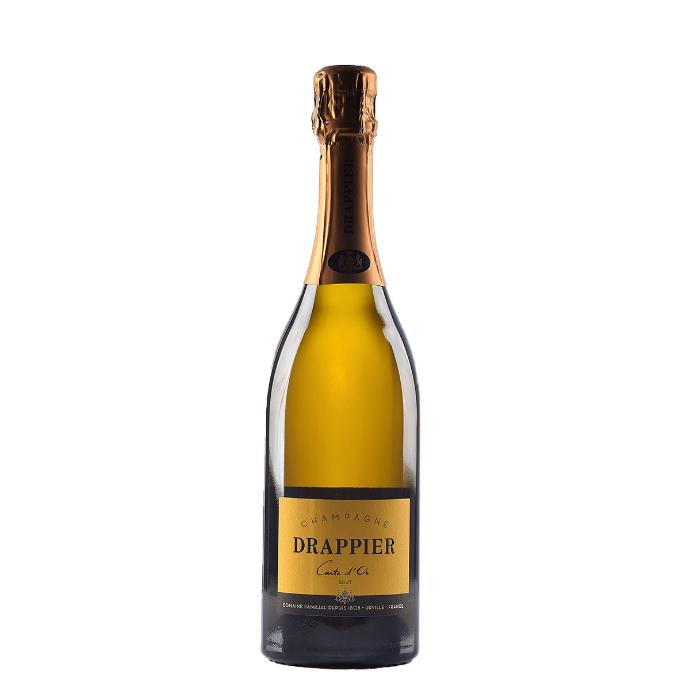
Carte dOr Brut (₱ 3,720)
Fine aromatic richness, opening with aromas of stone fruits such as white vineyard peach. A spicy hint announces a powerful and complex palate. A vinous Champagne of vinous complexity with a characteristic note of quince jelly. Ideal as an aperitif. Best paired with white meats, rolled fish filets, and Chaource cheese.
Cuvée Blanc de Blancs
Made from cuvées (juices from the first pressing), this bubbly owes its true fruit flavor in part to the gravity method used in vinification. Said method does away with mechanical pumping and reduces oxidation, thus allowing for minimal sulfite use. Though unfiltered before bottling, the cuvées are aged for two to three years on lees, which refines and tempers the forward fruit characteristics of the wines.
This multi-faceted champagne satisfies with its smooth and crisp texture. A tangy wine with a refreshing melange of fruit, flora, nut, and spice, it has an underlying minerality and a subtle grassy aroma that lends complexity to the drink and an interesting backdrop to the forward notes of lemon, elderflower, lily, hazelnut, plus exotic mango and coconut.
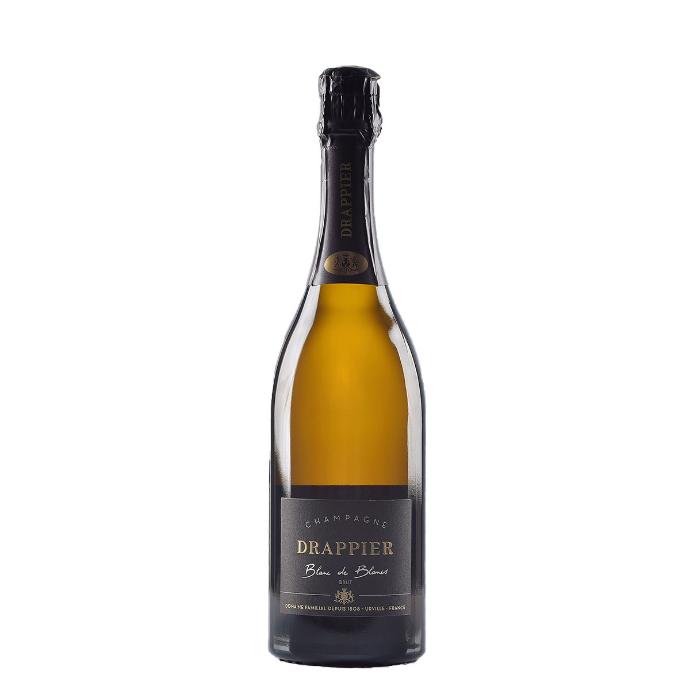
Blanc de Blancs (₱ 4,150)
The nose brings to mind white peach and pears but also more floral notes such as peony. On the palate, it is supple, creamy, and seductive with notes of mineral and hints of light biscuit.
Brut Nature Zéro Dosage
This elegant, bone-dry white is pure and compelling, with its highly aromatic blue fruit notes accented with herbs and spices and rounded out by a slight salinity. This creamy wine exudes Pinot and is punchy on the palate because of its tannins and an engrossing bouquet that includes nectarine, plum, cassis, and pastry flavors.
A taut Champagne known for its purity, this is a low-sulfur wine with no added sugar that can be drunk fresh or cellared for two to three more years.
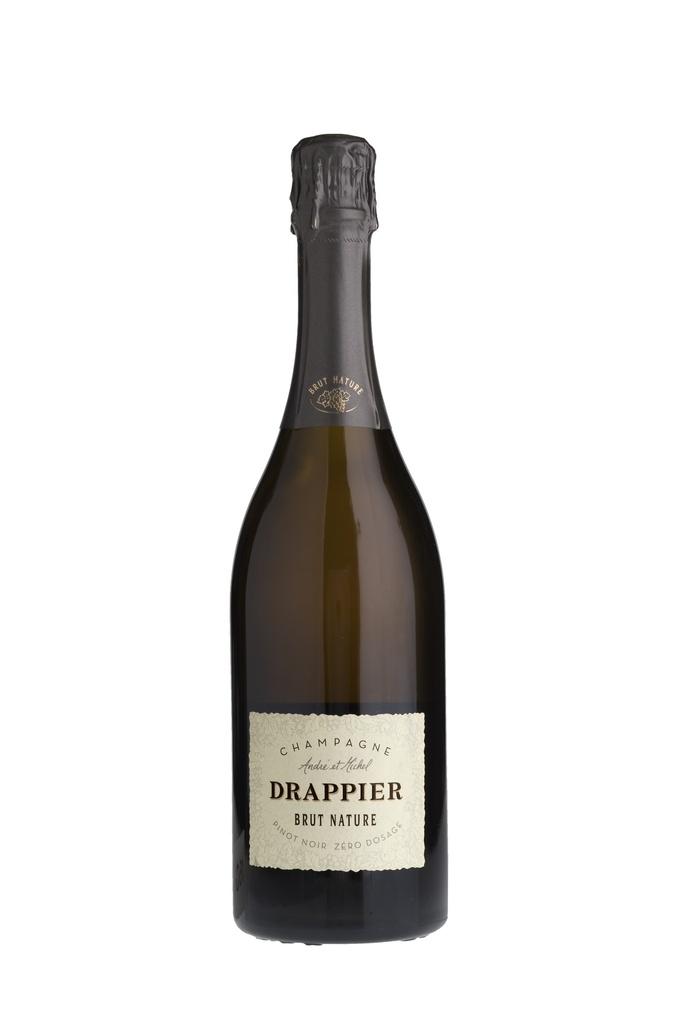
Brut Nature Zéro Dosage (₱ 4,150)
A pale yellow champagne with small and constant bubbles. It boasts a complex and intense aroma of mature white fruit. The palate is soft and BONE DRY (no additional dosage) but elegant. Specially recommended for toasts, celebrations, and light meals.
Premier Cru Brut
Made from a blend of sixty percent Pinot Noir, ten percent Pinot Meunier, and thirty percent Chardonnay all grown in Premier Cru and Grand Cru vineyards, this is yet another exceptional, great-value Drappier offering.
Fresh and crisp yet opulent, this wine expresses flavors of peach, pear, apple, lemon peel, hazelnut, and brioche. This worldly wine is rendered more indulgent by its creamy mouthfeel and excellent body, all underpinned by the trademark pleasant acidity of Champagne.
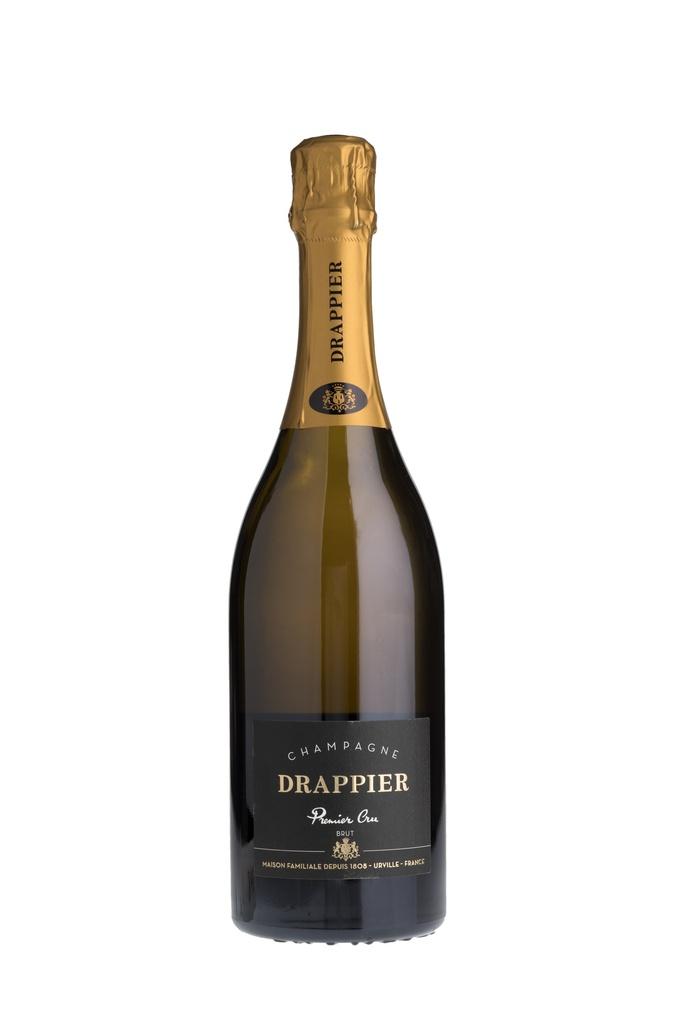
Premier Cru Brut (₱ 3,690)
A champagne with a lovely golden color and aromas of biscuits and flowers. Weighty and concentrated but fresh. It is wonderful on its own or with cheeses and light appetizers.
Grand Sendrée
A fire that ravaged Urville in 1838 gives this vintage its name Grand Sendrée, from the cinders (cendrée) covering the small plot of land upon which the vines lay. The conflagration is also said to have charred the soil and given this wine its unique smoky characteristic.
A bright and sophisticated wine, the Grand Sendree’s creamy texture is redolent with dried cherry, mandarin orange, and cassis accented by the smoke and a briny minerality. It has a lingering, comforting finish of chopped hazelnut and toast.
The Grand Sendrée is produced in limited quantities. It comes in a replica of a 13th-century bottle unearthed in the cellars of Urville.
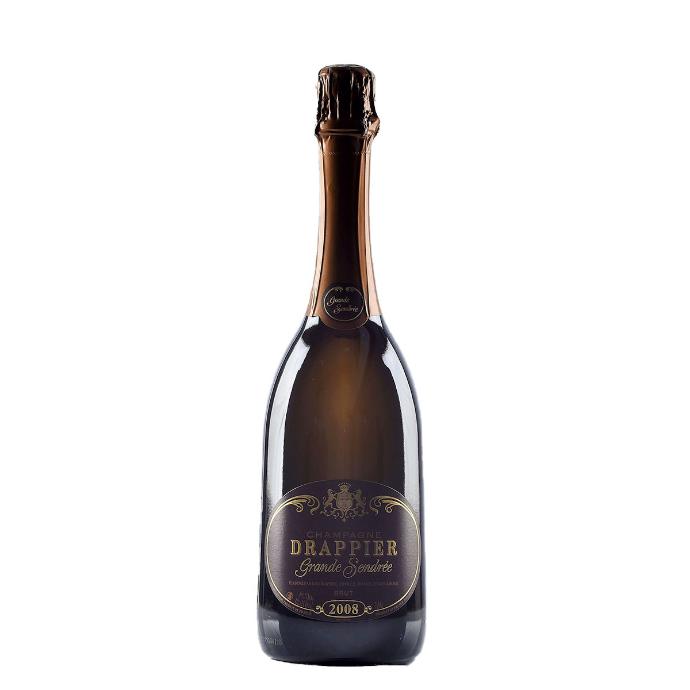
Grande Sendrée (₱ 9,290)
This champagne has a pale yellow robe with topaz nuances. Hawthorn blends with acacia honey, beeswax, and marzipan. When it is aerated, the wine shows some quince jelly meets raspberry jam and alternates with bergamot and warm brioche. On the palate, it is invigorating, and imposing and it teases the taste buds. The bead caresses and balances wild strawberry jam with ripe blood orange. This harmony is extended in a delicate minerality and a lovely bitterness in which hints of mandarin orange come through. Ideal as an aperitif. Goes perfectly with a bouillon of crayfish and grapefruit, poached turbot with sauce hollandaise, scallop carpaccio, rack of lamb with foie gras, creamed Bresse fowl with truffles, and mountain comté that’s at least 18 months old.

